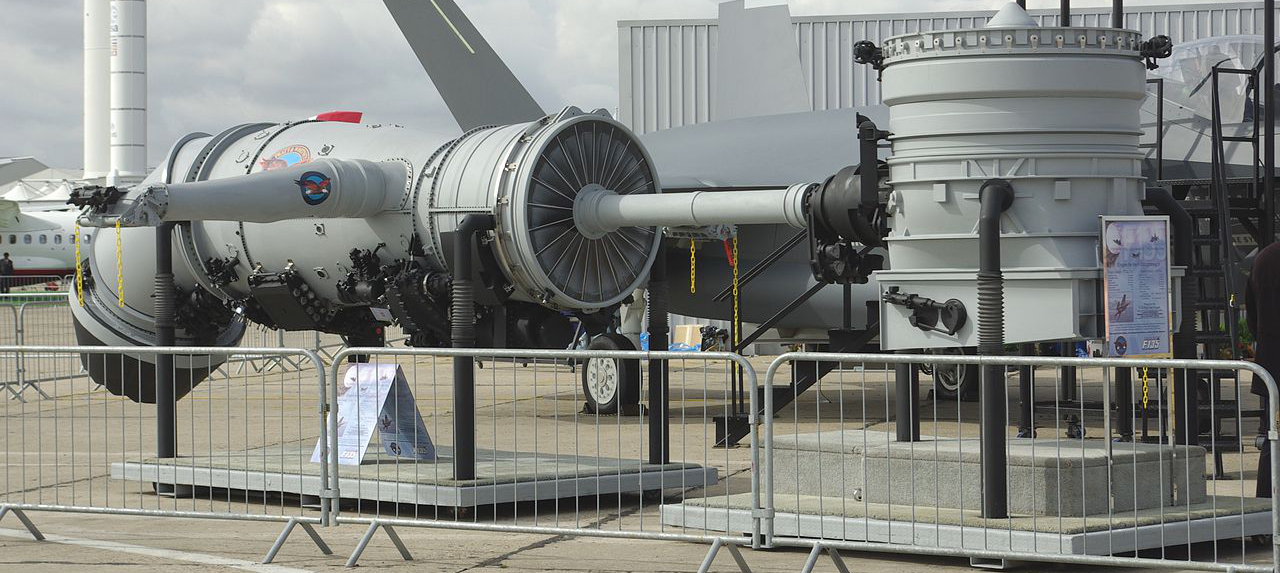Mix considered in multi-billion dollar jet plan
 Some more details on the planned purchase of nearly 100 questionably-effective Joint Strike Fighters, with some talk that a vertical landing option could bring the cost even higher.
Some more details on the planned purchase of nearly 100 questionably-effective Joint Strike Fighters, with some talk that a vertical landing option could bring the cost even higher.
Defence Minister David Johnston has told newspaper reporters that the Government is looking at buying some of the "B" model of the F-35 - a variant of the jet featuring the ability to land vertically, built to operate from aircraft carriers.
If Australia did buy some F-35B variants, it would mean the nation has its first aircraft carrier since the early nineteen-eighties.
Australia has already committed to the purchase of 72 conventional F-35s from US aircraft manufacturer Lockheed Martin, at a cost that could break $20 billion, but the latest indications suggest the Government wants to buy even more F-35,s and the Defence Minister says the F-35B is a likely option.
“Now, that aircraft is more expensive, does not have the range but it's an option that has been considered from day one,” Senator Johnston told The Weekend West.
The F-35B has a reduced range compared to the F-35, due to a complex system of jets for vertical landing.
The F-35B has been plagued with the most issues out of the three Joint Strike Fighter variants. Testing had to be called off early this year when cracks formed in the aircrafts' bulkheads.
Australia will soon start using two large ships called landing helicopter docks (LHDs), which resemble small aircraft carriers. Since they were first purchased the Government has maintained that they would be used only to deploy helicopters and troops, but it now appears that these may become carriers for the new jump-jet F-35B.
Commissioning an aircraft carrier is often considered a military badge of honour, for a country looking to highlight its strategic might.
But the ‘Canberra class’ LHDs may have to undergo some serious modification to accommodate vertical landing vehicles, according to Australian aviation media.
The ships have reportedly been optimised for operations using water craft and helicopters, and do not have sufficient fuel and weapons capacity to also operate F-35Bs.
A sizable upgrade would likely be required for the Royal Australian Navy’s support ship fleet to handle the F-35B.
The new Australian ships also do not have the thermion heat-resistant deck coating that is needed for the F-35B’s exhaust not to burn through its base.
The F-35B is going to cost around 20 per cent more than the F-35A, will be slower and has about 30 per cent less range due to the vertical landing gear.
The B variant will also require specialist flight training for new deck operations and the training of a specialist maintenance crew for sustainment and support once underway.
Broader criticisms of the Joint Strike Fighter program include claims that its performance has not met initial requirements, the fighter’s payload is low, its range is short, and a cyber-attack by the People’s Republic of China likely compromised the aircraft’s design documents years in advance of its introduction.









 Print
Print